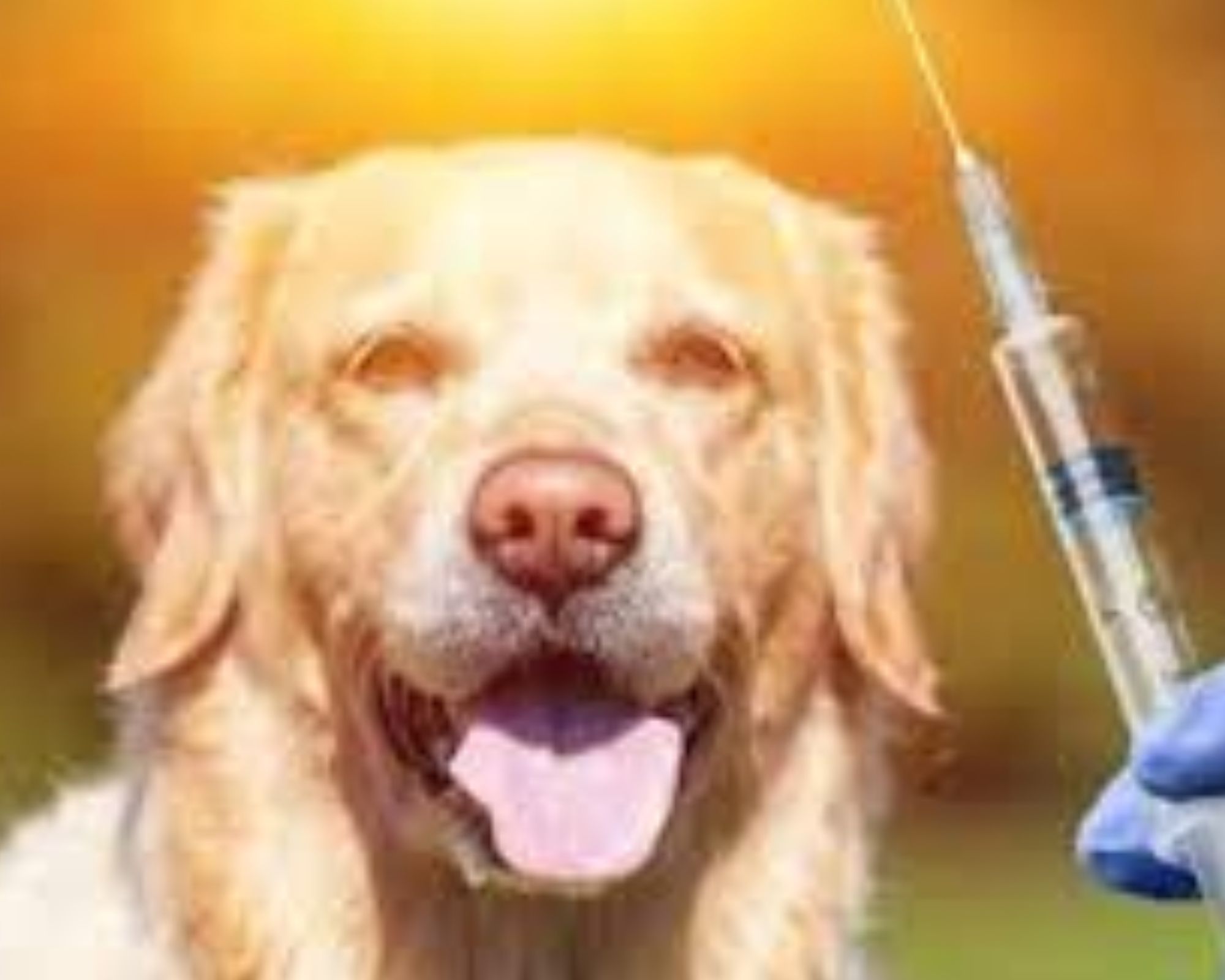Introduction:
A dog bite occurs when a dog’s teeth break the skin or cause injury to a person. Dog bites can happen due to various reasons, including fear, pain, territoriality, protective instincts, or provocation. While some dog bites may be minor, others can cause significant tissue damage, risk of infection, and potential complications. Prompt and appropriate treatment is necessary to address the wound and minimize the risk of infection and other related issues.
Treatment:
- Assess the severity: The first step in treating a dog bite is to assess the severity of the wound. Superficial bites with minimal bleeding may require basic first aid, while deeper or more severe wounds necessitate immediate medical attention.
- Control bleeding: If the bite is causing bleeding, apply gentle pressure to the wound with a clean cloth or sterile gauze pad. Elevating the affected area above the heart can help reduce blood flow and minimize bleeding.
- Clean the wound: Thoroughly clean the bite wound with mild soap and warm water. Use a clean cloth or sterile gauze to gently remove any debris or dirt. Avoid using hydrogen peroxide, alcohol, or iodine, as these can further damage the tissue. Rinse the wound well to ensure it is free of contaminants.
- Irrigate the wound: After cleaning, irrigate the wound with a gentle stream of clean water or sterile saline solution. This helps flush out any remaining dirt, bacteria, or debris from the wound.
- Apply antiseptic: Once the wound is cleaned and dried, apply an antiseptic solution such as povidone-iodine or chlorhexidine to the bite area. This helps reduce the risk of infection. Follow the instructions provided and avoid using excessive amounts.
- Close the wound: Depending on the severity, location, and characteristics of the bite, some wounds may require closure. Superficial wounds with clean edges may be left to heal by secondary intention (on their own), while deeper wounds or those with jagged edges may require sutures or other closure techniques. Healthcare professionals can determine the need for wound closure based on their assessment.
- Tetanus vaccination: Tetanus is a bacterial infection that can enter the body through deep puncture wounds. If your tetanus vaccination is not up to date or the bite wound is deep, it is crucial to receive a tetanus booster shot. Consult a healthcare professional for guidance.
- Antibiotics: Depending on the risk of infection, wound characteristics, and individual factors, your healthcare provider may prescribe antibiotics. This is particularly important for deeper wounds, wounds with signs of infection, or individuals with compromised immune systems.
- Pain management: Dog bites can be painful, and appropriate pain management measures may be necessary. Over-the-counter pain relievers such as acetaminophen or ibuprofen can help manage mild to moderate pain. However, consult a healthcare professional for guidance on the appropriate pain relief options.
- Follow-up care: Proper wound care is essential for optimal healing. Follow any instructions provided by your healthcare provider, such as changing dressings, keeping the wound clean and dry, and attending follow-up appointments for wound evaluation.
- Rabies evaluation: If the dog’s rabies vaccination status is unknown or if the dog is suspected to have rabies, it is crucial to seek immediate medical attention. Healthcare professionals will assess the risk of rabies transmission and provide appropriate recommendations, which may include rabies vaccination and immune globulin administration.
conclusion,
prompt medical attention and proper wound care are crucial after a dog bite to minimize the risk of infection and other complications. Cleaning the wound, assessing its severity, applying appropriate antiseptics, and receiving necessary vaccinations and antibiotics are important steps for effective treatment. Following healthcare professionals’ advice and attending follow-up appointments will support proper healing and reduce potential risks.
